12 simple ways to get your children excited about astronomy
Do you want to show your children the stars and get them excited about astronomy? You’ll succeed with these 12 ideas.
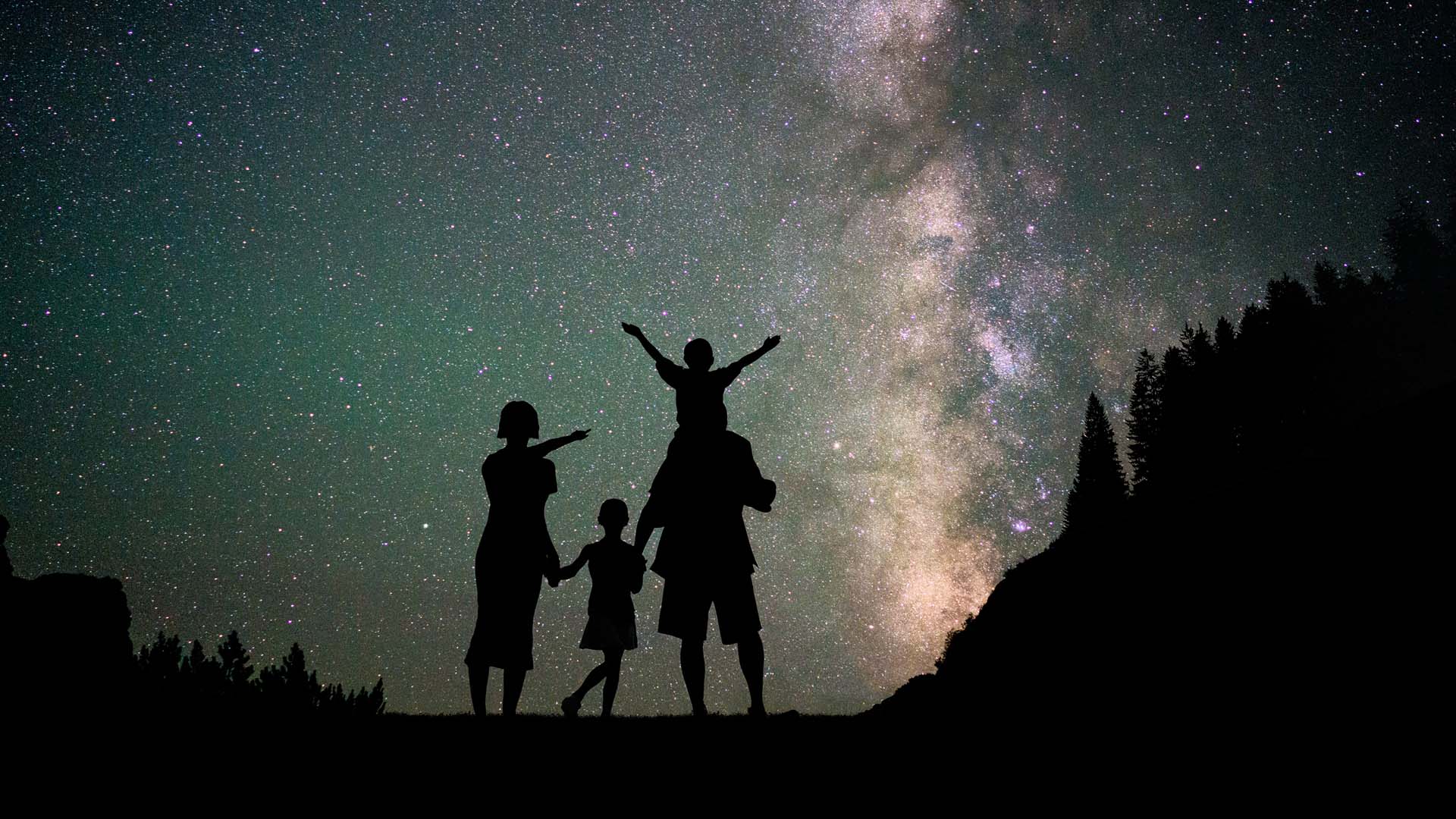 ESB Professional/Shutterstock.com
ESB Professional/Shutterstock.comChildren and astronomy: these are two things that go well together. Because children have two unique abilities, which we adults have mostly lost long ago.
What are they?
Curiosity and the ability to be amazed.
What offers this more than the infinite universe? You must look in exactly the opposite direction to a smartphone: Not down, but up. There’s so much more to discover there.
In this article, I show you how to engage children and:
- get them enthusiastic about astronomy
- persuade them to go outside with you
- get them closer to nature and science
But are children really interested in all this?
Wait, first, let me tell you about something: some years ago I glanced out across our observatory’s grounds, and I saw as many children as in a school class. You know what? It was as many as four classrooms-full - all at the same time. The Sun was hot that summer, the grounds here at the observatory smelled of hay, and two hundred hungry pairs of eyes were eagerly waiting for the first stars.
We hadn’t expected it.
Where did all the children come from?
In those days we had a promotion at our astronomy club: we started a holiday camp at the observatory, which we registered with the VHS, the local adult education service. We wanted to show children of all ages the stars. The places were limited to 20 children. We were completely booked out on the first registration day. The lady at the VHS called back again and again to see if we could possibly extend the participant list. So it then became a big Astro-kids event, and they all wanted just one thing: to learn more about the stars. It seemed like they were simply waiting for the right event to be offered.
This experience shows that, deep down, every child has an interest in the universe. You only need to awaken this interest and show them the stars.
Route 1: getting to know the constellations with children
 vikiss/Shutterstock.com
vikiss/Shutterstock.com Today, only a few people know anything about the night sky. How many people do you know who can name the stars visible on a warm summer evening? Probably not many if you don't have a hobby astronomer among your household.
Share the ancient wisdom surrounding constellations with your children. You don't know much about constellations yourself? Then you can explore the sky together.
This can be done with a planisphere (rotating star-finder wheel). Every home should have one!
First you will discover the Big Dipper, then the Pole Star and finally the famous Summer Triangle.
Each evening that you spend with your children among the stars will increase your combined knowledge.
Route 2: an exciting night-time walk with children
Have you ever taken a night-time walk with your children?
Anything that is not part of daily life is exciting. At least for a child. Tell them about a planned night-time walk, and you’ll see their faces light up with excitement.
Then, when it’s normally bed-time, they are allowed to go for a walk in the dark with their parents.
This appeals to children in completely different way to a day-time excursion. How will the evening chill feel? What does nature smell of? Maybe you’re planning to walk along country lanes or in woods. What will they hear? Maybe a brown owl?
Nature by night is just as exciting an experience as looking at the stars. Let your children find their way to a dark location where the stars are easiest to see. And then look upwards together.
- where is the Big Dipper?
- who will discover the brightest stars first, and what are their names?
- try to work out the form of the constellations in an imaginative way
- where is the band of the Milky Bay?
On your way home, you can answer their questions about why space is so huge or why stars shine.
Route 3: spend the night among the meteors
 ikonacolor/Shutterstock.com
ikonacolor/Shutterstock.com Every day, more than 10 tons of extra-terrestrial material, from dust grains to small boulders, burn up in the Earth's atmosphere. When a very small object thunders through the atmosphere, it burns at an altitude of about 70 kilometres, creating a luminous effect. A meteor.
Shooting stars are among the most beautiful discoveries in the night sky. Many people make a wish when they see one. And they are not so rare when you know where to look.
Several times a year, we experience so-called meteor showers, which originate from clouds of matter in the solar system and cross the Earth’s orbit. When this happens, they don’t arrive alone, but up to a hundred shooting stars per hour may be visible.
The Perseids are the most famous meteor shower, and you can admire them at night every year on the 11th or 12th of August.
How do you do that exactly?
Spend the night with your children in your garden or in a friend’s garden if you don't have one of your own.
Everyone sets up a deck chair, slips under a duvet or into a sleeping bag, and looks up at the sky.
In my family, we have been doing this for years. Everyone takes their turn as look-out and usually, just as the others are almost asleep, someone will suddenly shout out, and everyone can enjoy the scene as a particularly beautiful meteor darts across the sky.
An unforgettable experience.
Route 4: children's books about space
Do any of us still read? If you have made it to here, then congratulations. You are one of them.
But the children and adults who today still pick up and read a book are rare. Sadly. In 2019 there were just 12.9 million people who read regularly. It has fallen by 1.2 million people in just 4 years (source: Statistika).
Both fiction and non-fiction open up worlds to us: the world of fantasy and the world of knowledge.
Do you want to make sure that your children are among those who read?
Then give them a children's book about astronomy or a large atlas of the universe.
Maybe you could have a daily reading hour in the early evening, or at bedtime?
After all, the world of books is not yet lost to us, because according to a study, 61% of us are said to still read regularly.
Route 5: a visit to an observatory
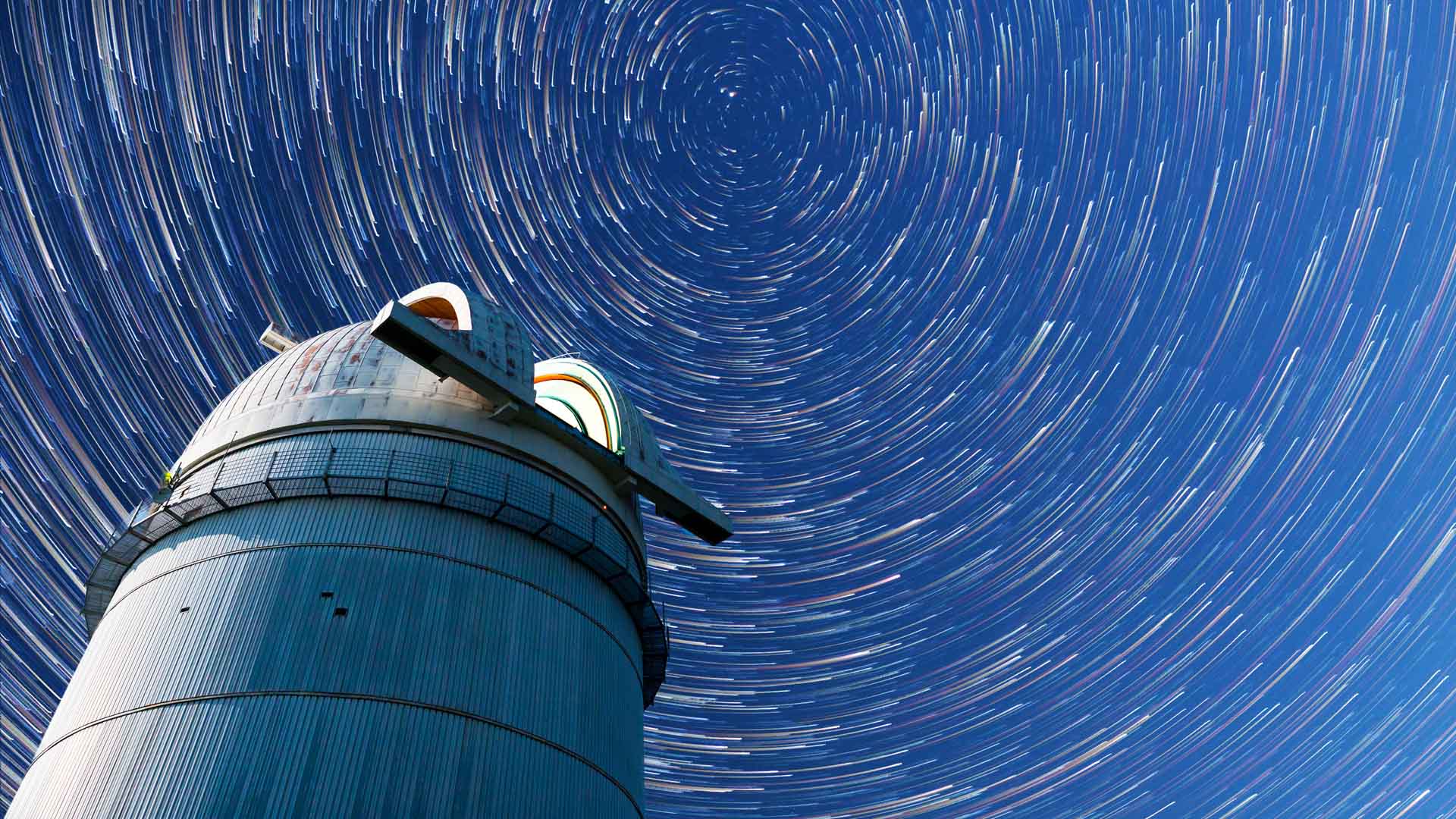 Belish/Shutterstock.com
Belish/Shutterstock.com The best food to keep chipmunks strong is a varied diet of nuts and protein.
And we astro-fans also need a boost. At least every now and again.
For example, through the companionship of other like-minded people in an observatory. A visit to an observatory is exciting.
There you can look at stars together with other people, and you get the opportunity to see planets, nebulae and galaxies through a huge telescope.
You will find observatories in almost every major city, and often in the countryside too. There’s almost certainly one near you. There will usually be a public viewing evening once a week when the weather is good. How about a trip with the children during the holidays?
In this directory you will find all the registered observatories in Germany.
Route 6: a telescope for children and young people
Passions aroused? I mean in the observatory!
Then it's time for a telescope of your own. There is nothing more amazing than exploring the stars yourself. Finding an object that you would never have seen with your naked eye is thrilling.
We have lots of entry-level telescopes for children that will also offer lots of fun for the whole family. Take a look around.
Smaller Dobsonian telescopes which you can rest on a table or a small pedestal are suitable for children. Their advantage: the telescope is quick to transport and assemble, and your child can move it on all axes without any prior knowledge and training. A Dobsonian is the most intuitive telescope to use. No patience required; you can get started right away. That's why it's perfect for kids.
Doesn’t that deserve a place on the birthday or Christmas wish list?
Route 7: a family excursion to a planet trail
Did you know that there is a keep-fit trail for astronomers?
It's a planet trail.
You're on the move, strolling across the solar system and refreshing your knowledge from planet to planet.
But one point is even more important: how do you explain the enormity of the solar system to a child? There are computer models, and you can try to show how huge the Sun is and how small our Earth is. But what about the distances between them?
It’s easy to express the distances in numbers, but it’s impossible to visualise them. But it’s easy with a planet trail.
They have been created in many cities by local authorities, schools or associations. We start a journey, that is several kilometres long, at the huge Sun, and walk from planet to planet until we finally arrive at the outer frontier, the planet Neptune.
Find out if there’s a planet trail near you. Just type the following into Google: planet trail + [city near you]
Route 8: a visit to a children's show at a planetarium
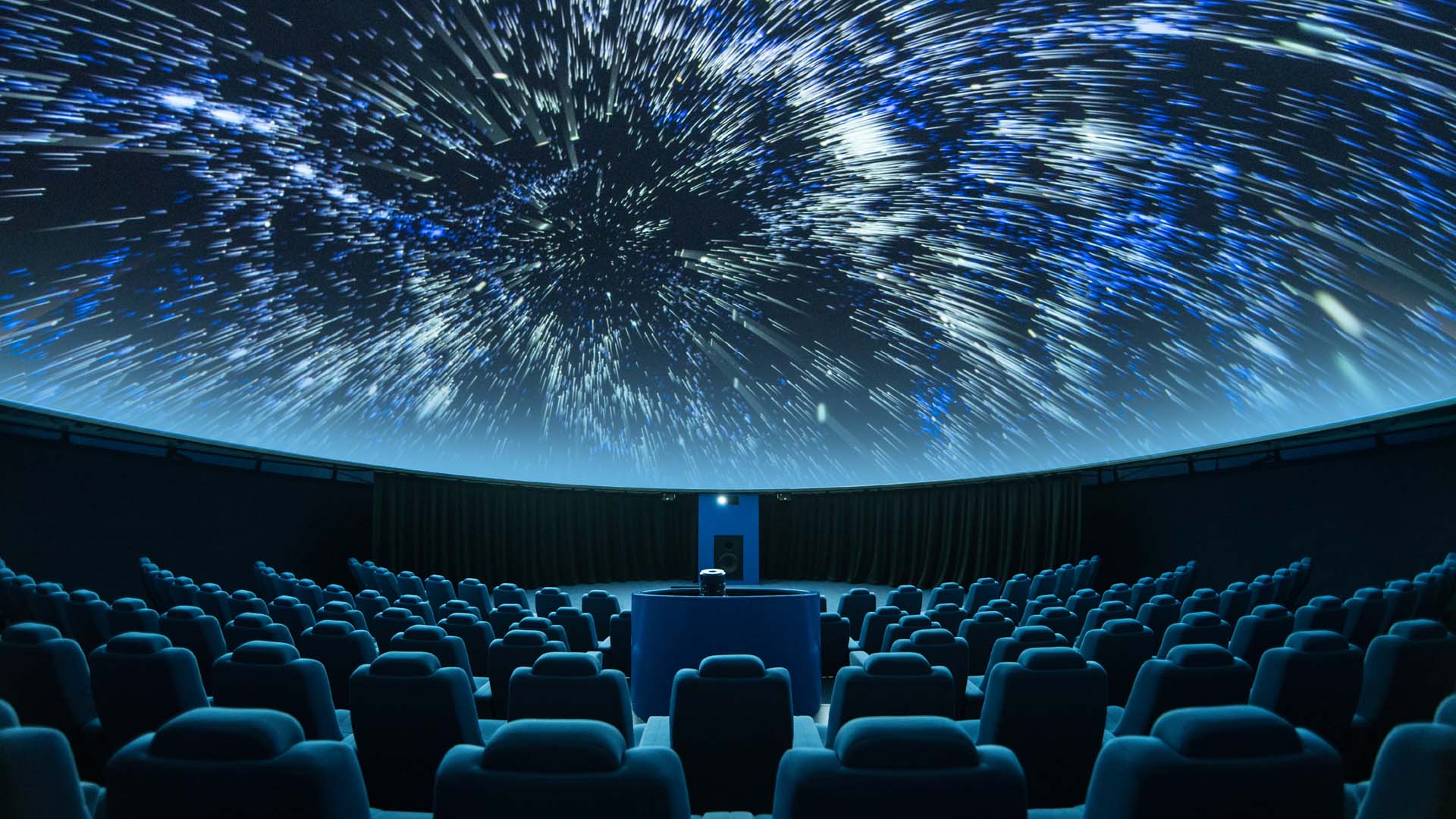 Pavel Gabzdyl/Shutterstock.com
Pavel Gabzdyl/Shutterstock.com The weather’s bad but you’re in the mood for astronomy? How about the cinema? But one for the stars.
This would be a perfect day for a planetarium. Just like in a theatre or cinema, a planetarium has many rows of seats, a large projector in the middle, and a huge white dome that curves over your head.
Here, the night sky and every event in the universe can be realistically simulated. Very quickly you cease to notice that you're indoors, and you become completely immersed in space.
This list shows you all the planetariums in Germany.
Route 9: astronomical handicrafts for children
Picasso once said: "Every child is an artist..."
Well, he should know, since he was such an amazing artist. Let your children be artists and architects and build something astronomy-related.
How can you do that?
With astronomy kits. That’s right! And there is a large variety available. What if you could sit at your table and build a real telescope made of cardboard? Or a model of the night sky? Or a Copernican orrery with real mechanics and moving parts?
Of course, you can also get creative and think of your own astronomy-related project. For example, in our youth group at the observatory, we invented our own astronomical board game with lots of astronomy-themed questions.
Your children will never be bored, they’ll have lots of fun, and they are exercising their fine motor skills at the same time.
Route 10: astronomy films suitable for children
Watching films? Seriously? It is occasionally allowed. And you can learn a lot from an astronomy-themed film about astronomy.
There are a few films that are very suitable for children.
From the well-known WAS IST WAS (WHAT IS WHAT) series, there is a film about our central star, “The Sun”, a film about the "Stars" and another about "The Moon and Cosmos". Of course, space travel themes also interesting, such as the DVD "Planets and space travel".
Of course, television channels also have something to offer. For example, the well-known children's programme “Löwenzahn” (Dandelion) on ZDF. It often had programmes on the subject of space. Just take a look at the channel’s media centre.
Route 11: science fiction and science in fiction?
From 2022 onwards, very rich people will have the opportunity to book a stay in a luxury hotel.
What's so special about it?
It is not on Earth, but in space, in a new space station. At Orion Span's space hotel, you can book a 12-day stay including flights for a meagre 9.5 million US dollars - of course, it comes with all the conveniences that space has to offer. There will even be a “holodeck” just like on the Starship Enterprise in Star Trek. Sadly, Captain Jean-Luc Picard will not be there to meet you.
If this is too expensive for a family holiday or still sounds too much like science fiction, how about fantastic stories about the future or science-related stories? Many people have been introduced to hobby astronomy in this way. Your children could be among them.
For some time now there has been an interesting series of children's books called Der kleine Major Tom (Little Major Tom) which has been published by Tessloff Verlag since 2018. The series is a collaboration between the author Bernd Flessner and the German Aerospace Centre, which is responsible for ensuring the accuracy of the scientific facts contained in the stories. Volume 1 is about little Major Tom’s life on a space station. When his father has to leave for a mission elsewhere, Major Tom and his girlfriend Stella are left completely on their own. But suddenly, space debris threatens the station. It could be the most difficult tasks the children have ever faced.
With the new Kepler62 series of children's books, the Kosmos Verlag publishing house have achieved something very similar: here, two brothers Ari and Joni play a computer game, in which something great should happen at the end. Suddenly, a young boy stands at the door and invites them to join a mission to space.
Route 12: the mythology of the constellations
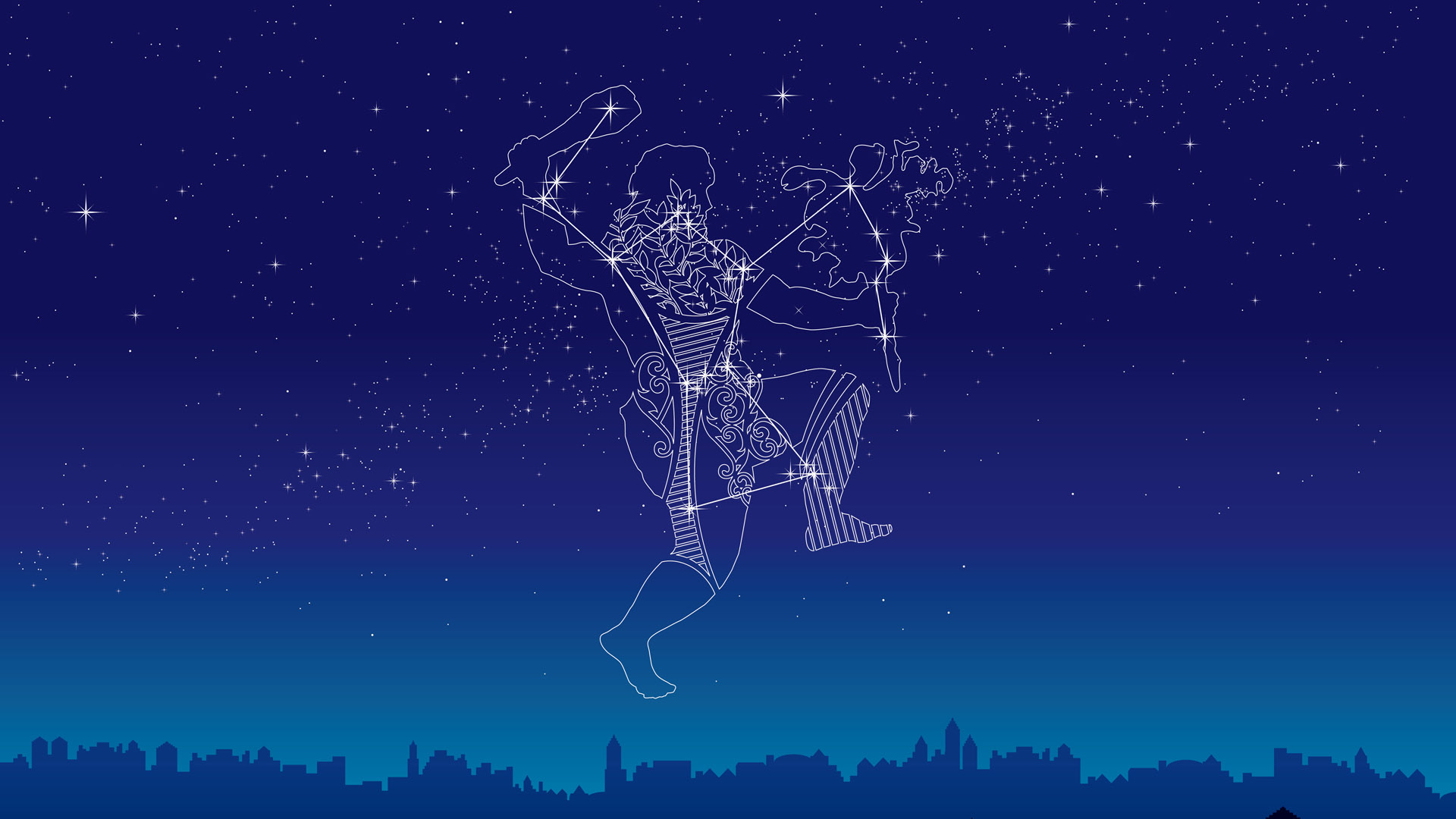 osaka.maki/Shutterstock.com
osaka.maki/Shutterstock.com While we’re on the subject of stories. Even the starry sky had brave heroes with tasks to overcome. In gratitude, they have been immortalised in the firmament.
Each constellation has one or more Greek myths to accompany it.
Like this one: Orion was always a proud and active hunter. He enjoyed it so much that he was determined to hunt every animal that he could find. But Gaia, the earth goddess, was displeased, and so she sent a scorpion, which was meant to render Orion harmless once and for all. He was stung and, because his life could no longer be saved, they were both moved to the heavens, where they still chase one another today. Because whenever Orion sets in the west, Scorpius rises in the east. Observe it for yourself.
If you are looking for ideas for a book about the mythology of the constellations, just try our recommendations.
A great side effect: your children will listen spellbound, and automatically get to know the constellations. And maybe you would like to develop the stories together with your children.
Get outside among the stars
Those were our 12 routes to ensuring that your children become astro-fans. Why not try out our tips? Engage in astronomy at home, and take your children or even the whole family with you. And then head out into the country and marvel at the stars.
PS: you’ll find lots of great entry-level telescopes for children in our shop, that will also be fun for the whole family. Take a look around.
Our recommendations for you
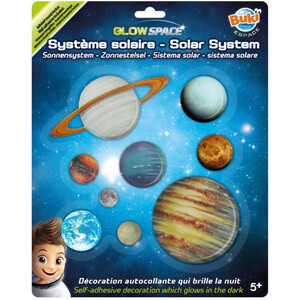
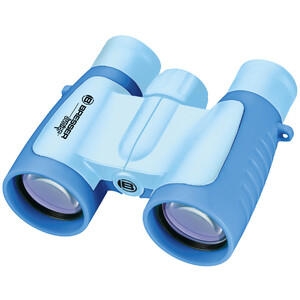

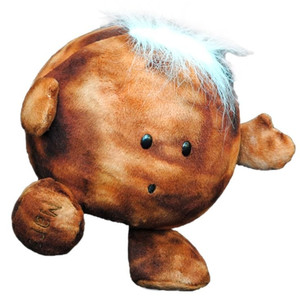


Author: Marcus Schenk
Marcus is a stargazer, content creator and book author. He has been helping people to find the right telescope since 2006, nowadays through his writing and his videos. His book "Mein Weg zu den Sternen für dummies Junior" advises young people, and those who are still young at heart, what they can discover in the sky.
As a coffee junkie, he would love to have his high-end espresso machine by his side under the starry sky.

